Looking at a $2,500 iPhone might seem shocking, but that's exactly what supply chain analysts are projecting for Apple's first foldable device. Apple's foldable iPhone is no longer a question of "if," but rather "when" – and the answer appears to be 2026. Recent supply chain analysis reveals a device that could fundamentally reshape our expectations of premium smartphones, with a price point that matches the ambition: somewhere between $2,000 and $2,500, according to multiple industry forecasts.
That puts this revolutionary device in the same financial territory as Apple's 16-inch MacBook Pro, signaling just how premium this first-generation foldable will be. But here's what makes this pricing strategy particularly fascinating: Apple is essentially betting that consumers will embrace laptop-tier pricing for a smartphone form factor that delivers tablet-sized productivity.
The company has been quietly developing this technology for several years, with a targeted release as part of the iPhone 18 lineup in September 2026. What makes this particularly intriguing is Apple's reported breakthrough in creating what could be the first truly crease-free foldable display. If Apple can actually deliver on that promise, it would solve the most persistent problem that has kept foldables from mainstream adoption – and justify that premium price point in the process.
Why Apple's crease-free technology changes everything
Here's what we know about the technical specifications, and they suggest Apple isn't just entering the foldable market – they're attempting to redefine it entirely. The device will feature a 5.5-inch outer display when folded and a 7.8-inch inner screen when opened, adopting what sources describe as a book-style design similar to Samsung's Galaxy Z Fold series. But here's where Apple's approach diverges significantly: the engineering focus on eliminating the visible crease that has plagued every foldable device to date represents a fundamental shift in user experience expectations.
The construction details reveal Apple's premium approach to materials and manufacturing. Apple will reportedly use a combination of stainless steel and titanium alloy for the hinge, while the casing will be made of titanium. When it comes to dimensions, the device is expected to measure just 4.5-4.8mm when unfolded, making it remarkably thin compared to current foldables. For context, Samsung's Galaxy Z Fold 6 measures 12.1 millimeters when folded and 5.6 millimeters when unfolded, highlighting just how ambitious Apple's engineering targets are – and why they believe they can command premium pricing.
The camera system represents a complete rethinking of mobile photography for dual-screen devices. The phone is reported to have a dual rear camera, and an additional selfie camera that will be available both when the phone is folded and unfolded. This approach suggests Apple is designing the camera experience around seamless transitions between phone and tablet modes, rather than treating the foldable form factor as a compromise. More intriguingly, according to a JPMorgan report, the foldable iPhone could introduce a 24MP under-display selfie camera, a first for Apple.
What's particularly revealing about Apple's approach is how they're handling authentication. Instead of Face ID, the phone will have a Touch ID button on the side. This isn't just a technical compromise – it signals that Apple is prioritizing consistent, reliable authentication across both screen configurations over maintaining their current Face ID ecosystem. That level of practical decision-making suggests they're confident the overall experience will justify any individual feature trade-offs.
The premium pricing strategy behind Apple's foldable gamble
Let's break down what drives that eye-watering price point, because the numbers tell a fascinating story about Apple's market confidence and supply chain positioning. The estimate comes from supply chain analysis focused on the cost of core components, and multiple sources converge on prices projected to range between $2,000 and $2,500, with some analysts suggesting the device could cost around $2,300.
But here's where Apple's strategy becomes truly bold: their production expectations reveal they believe they can achieve mass market success at ultra-premium pricing. The initial forecast suggests 8-10 million units in 2026, potentially jumping to 20-25 million in 2027. To put this in perspective, Samsung is planning to ship 2.4 million of its Galaxy Z Fold 7 phone. Apple is projecting first-year sales that are 4x Samsung's established foldable line – a level of confidence that suggests they believe their brand power and technological improvements can fundamentally expand the premium foldable market.
The component costs help justify this premium positioning, but they also reveal Apple's investment in long-term category leadership. The phone will use the same high-density battery cells as the upcoming iPhone 17, while the complex hinge mechanism and dual-display setup require entirely new manufacturing processes. UBS analysts believe the hinge will have an average selling price of about $70 to $80 when mass-produced, representing just one premium component in a device that's essentially two smartphones engineered into a single, seamless experience.
What makes this pricing strategy particularly interesting is how it positions the foldable iPhone not as a smartphone alternative, but as a new product category that bridges phones, tablets, and productivity devices. At $2,500, Apple isn't competing with Samsung's foldables – they're creating a premium tier above the entire foldable market.
What the 2026 timeline means for Apple's ecosystem strategy
The development timeline reveals Apple's classic "arrive late but arrive better" approach, but with strategic implications that extend far beyond foldables. The foldable iPhone is likely to be finalized in late 2025 with sales starting in the last quarter of 2026, giving the company time to perfect the technology while competitors continue to iterate on fundamentally flawed designs. This timing aligns with broader iPhone 18 development, where the iPhone 18 Pro is expected to feature a thicker design to accommodate a bigger battery and the iPhone 18 is expected to sport the A20 Pro chip, which will be Apple's first based on TSMC's 2nm process.
The chip architecture represents Apple's most aggressive future-proofing investment yet. The first foldable iPhone could utilize the A20 Pro chip, made with TSMC's 2-nm design, ensuring the device has the processing power to handle not just dual-screen functionality, but the advanced AI features that Apple sees as the primary justification for larger screen real estate. This positions the foldable iPhone as a platform for computational experiences that simply aren't possible on traditional smartphones.
The connectivity features position this device as Apple's vision of professional mobile computing. Support for mmWave 5G is expected in the United States for the iPhone 18, while Apple plans to add support for 5G networks that operate via satellites. These features suggest Apple sees the foldable iPhone as more than just a premium consumer device – it's positioned to capture enterprise users and professionals who need laptop-level connectivity in a mobile form factor.
The authentication shift from Face ID to Touch ID reveals something crucial about Apple's long-term device strategy. This isn't just about technical limitations – it signals that Apple is preparing for a future where device interaction paradigms become more flexible as screen sizes and orientations become variable. The foldable iPhone isn't just testing new hardware; it's testing new ways of thinking about human-computer interaction across Apple's entire ecosystem.
The market reality behind Apple's $2,500 bet
Here's the bottom line: Apple's foldable iPhone represents the company's biggest pricing gamble since the original iPhone, and the market dynamics reveal both the opportunity and the risk. Market research firm IDC reported that only 19.3 million foldables were sold in 2024, making Apple's projected 8-10 million unit target for 2026 remarkably ambitious for a first-generation product priced $500-1000 above current market leaders.
But Apple's confidence isn't unfounded. Apple expects the iPhone Fold to see high demand despite its high price tag, banking on their ecosystem integration and brand loyalty to drive adoption where other manufacturers have struggled. What we're witnessing is Apple's calculated entry into a market segment they believe is ready for mainstream adoption – but only when delivered with Apple's standards of polish, integration, and user experience.
The broader implications extend beyond just smartphone pricing. This device represents Apple's vision of device category convergence, where the lines between phones, tablets, and laptops become increasingly blurred. By pricing the foldable iPhone at MacBook Pro levels, Apple is signaling that they see this as the beginning of a new product category rather than an expensive smartphone variant.
The 2026 launch will answer whether premium engineering, ecosystem integration, and brand power can justify revolutionary pricing in a smartphone form factor. If Apple succeeds in moving 8-10 million units at $2,500, they won't just have created a successful product – they'll have proven that consumers are ready to embrace laptop-tier pricing for mobile devices that deliver laptop-tier capability. If they don't, it might signal that even Apple's brand power has limits when it comes to pushing the boundaries of what consumers will pay for a phone, regardless of how revolutionary the technology might be.




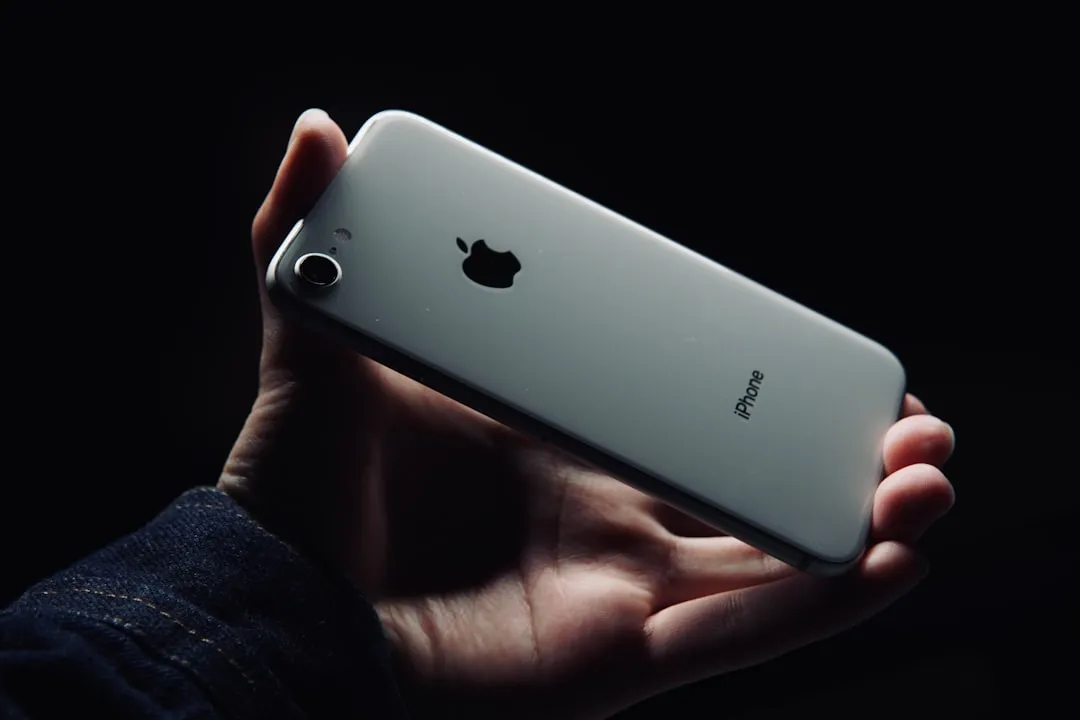

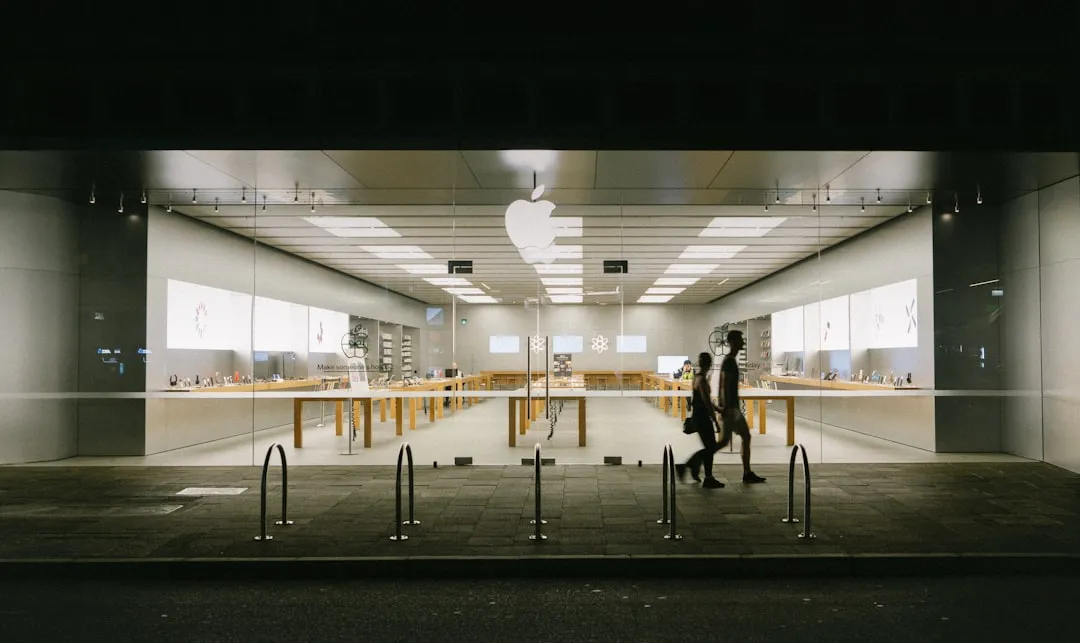

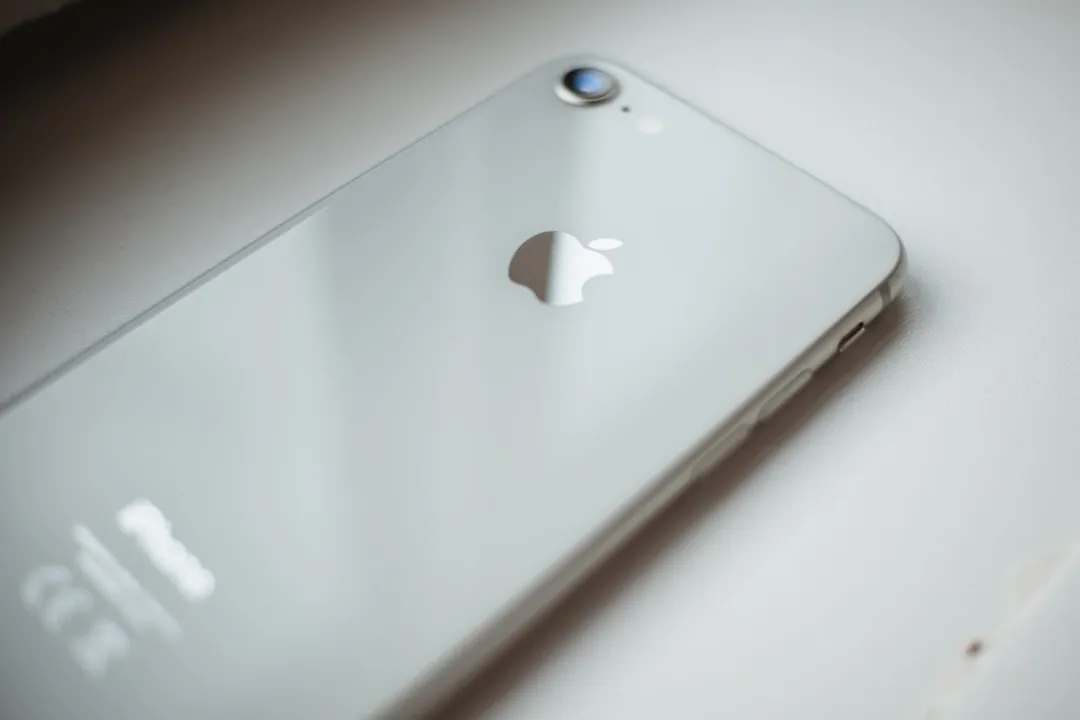
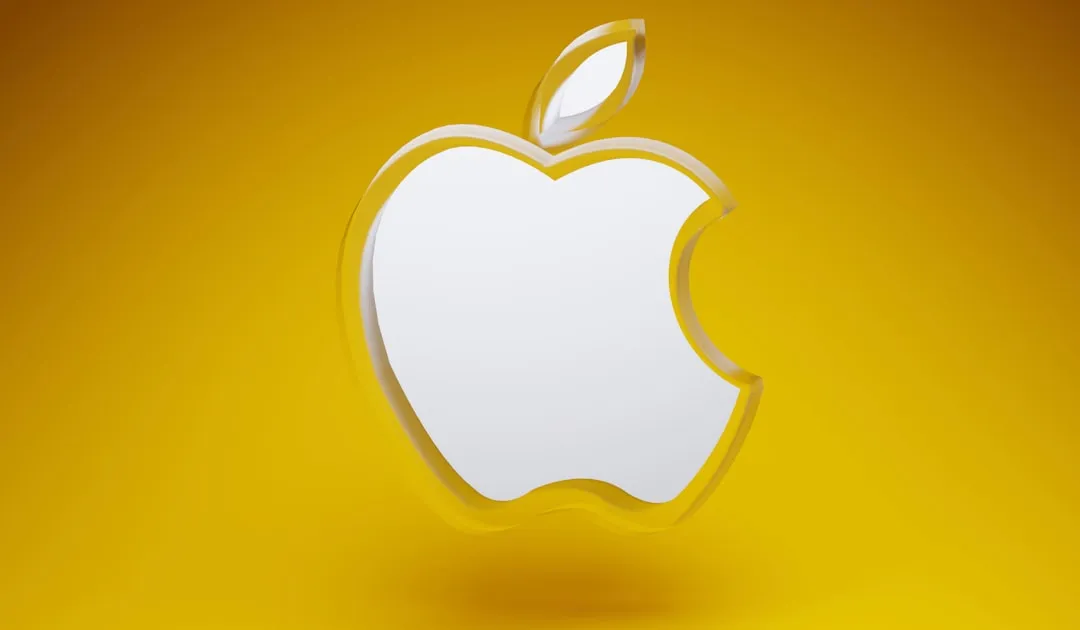
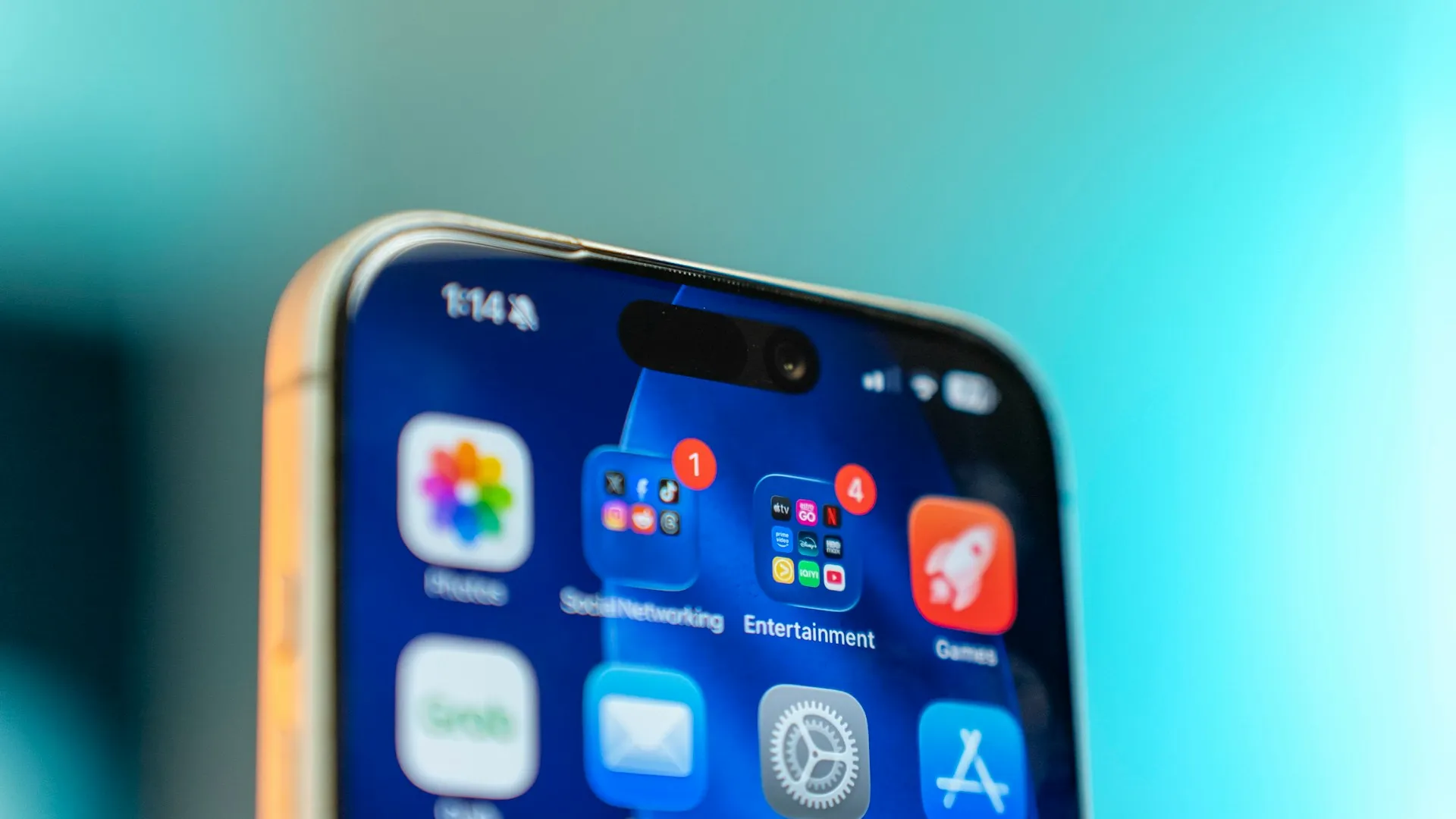
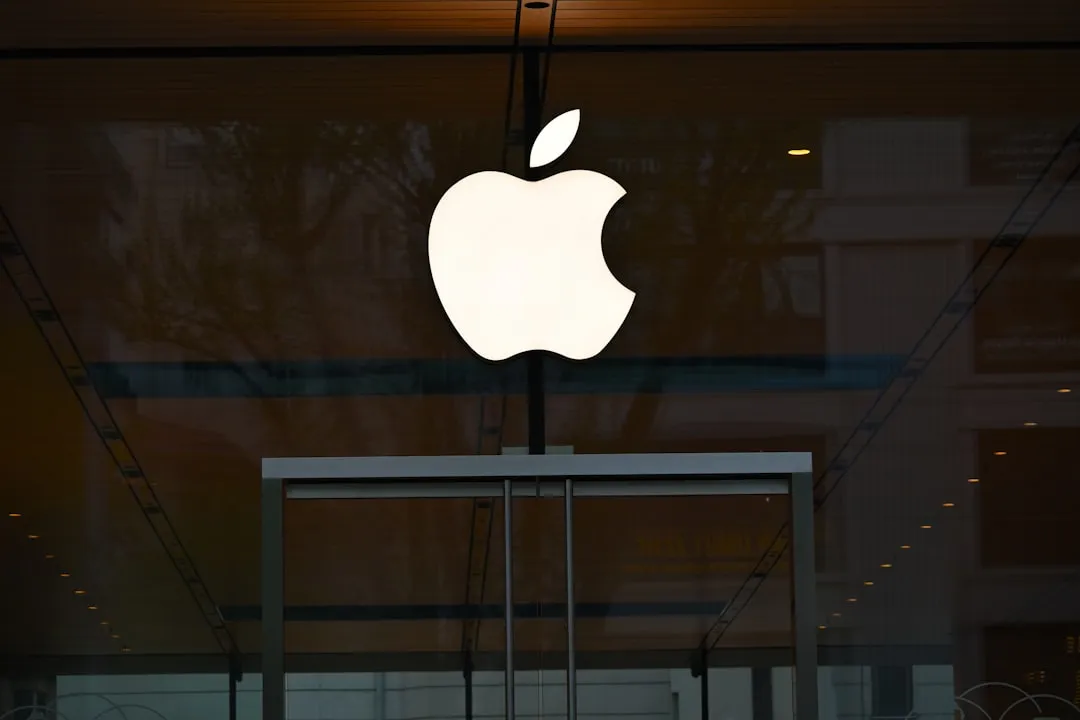



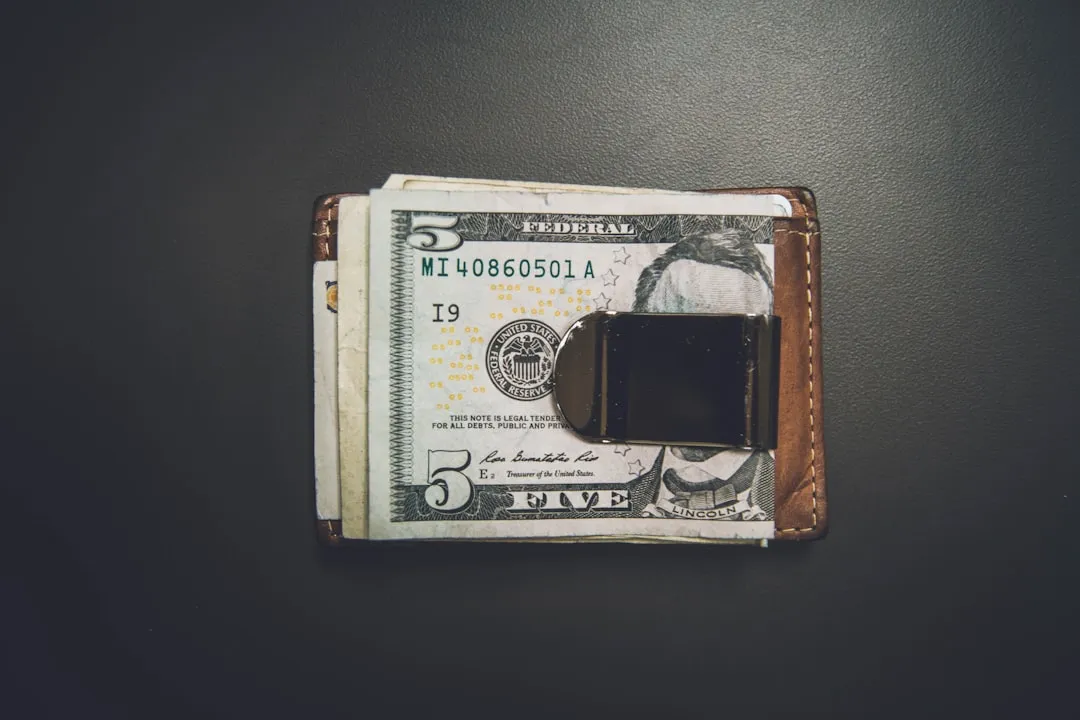
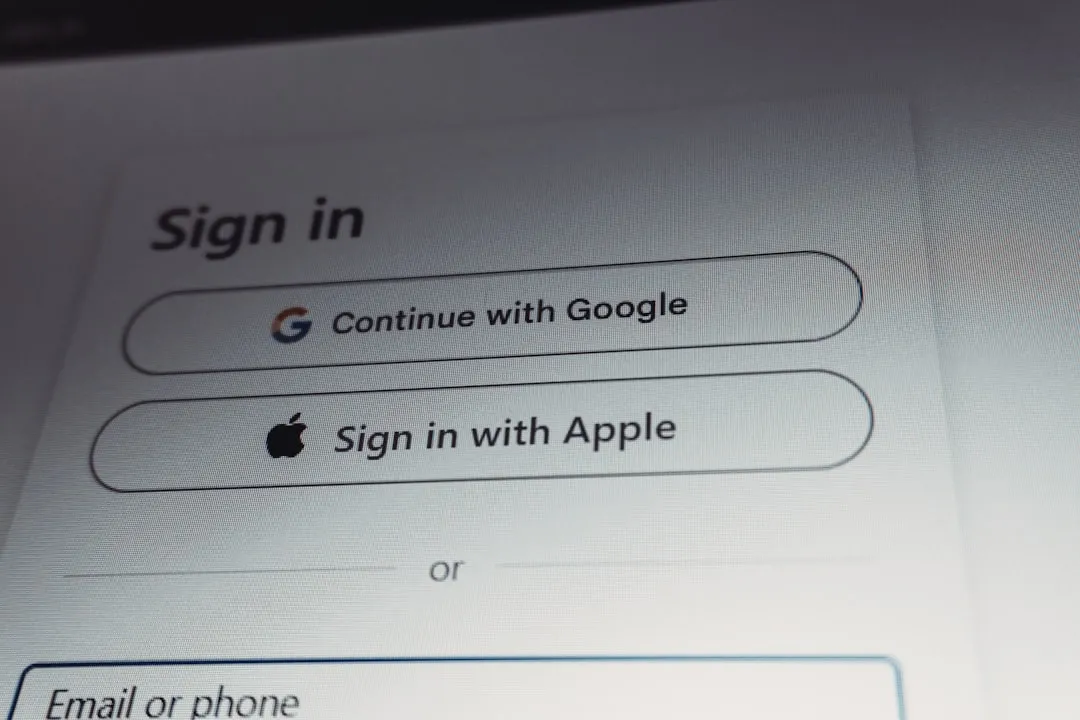
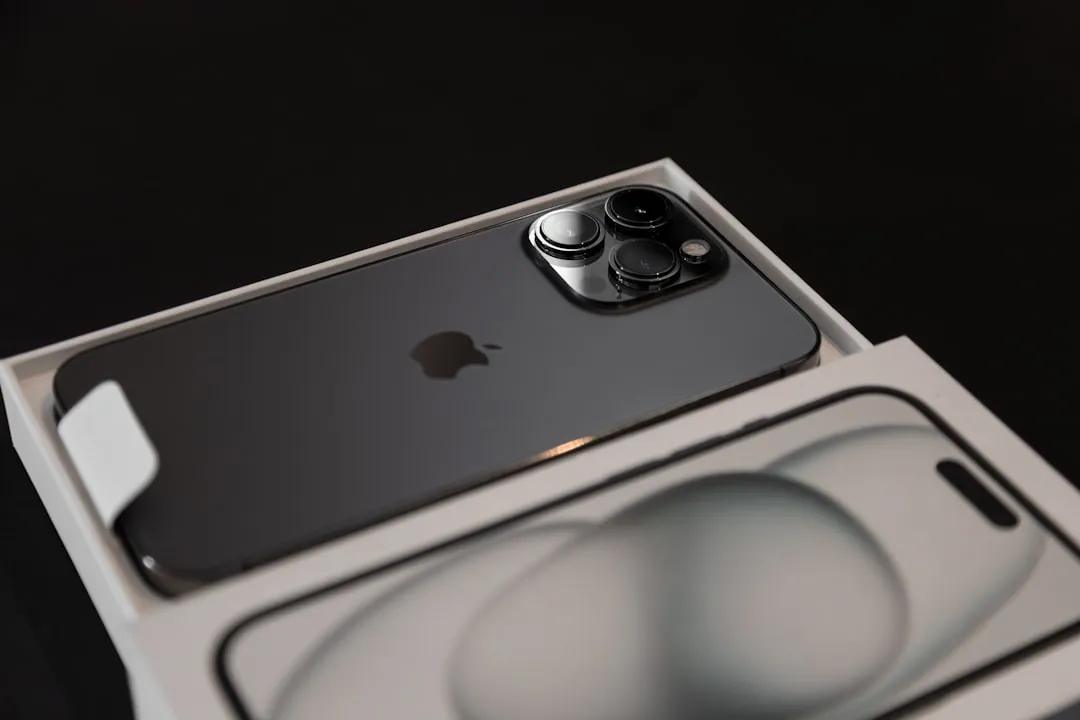
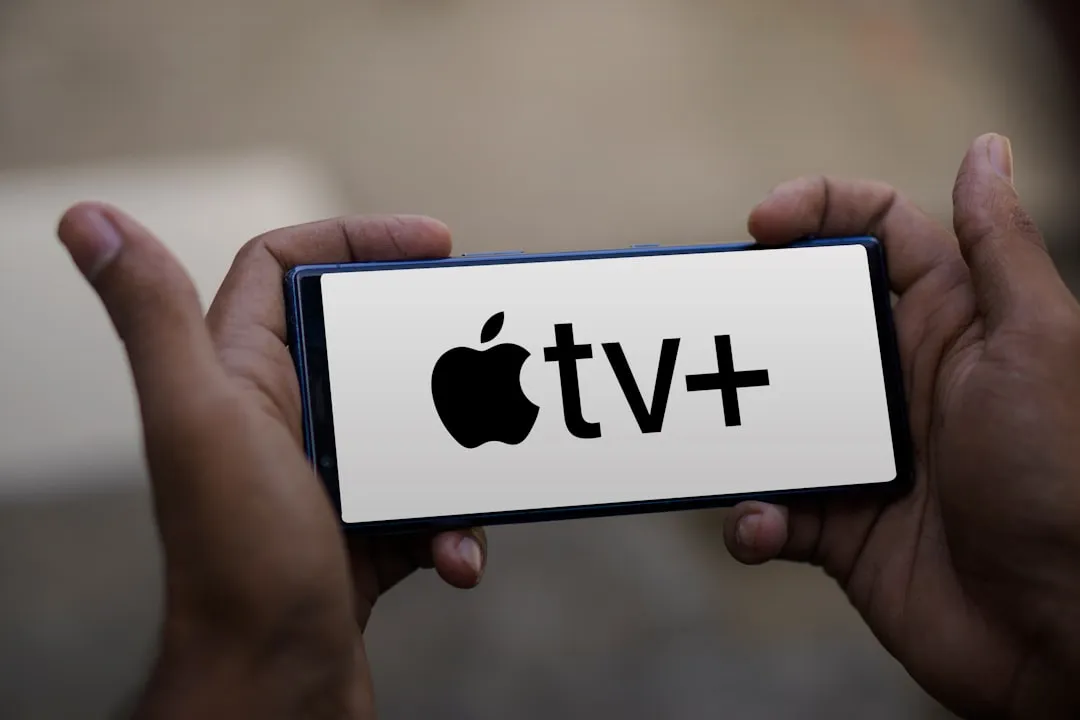

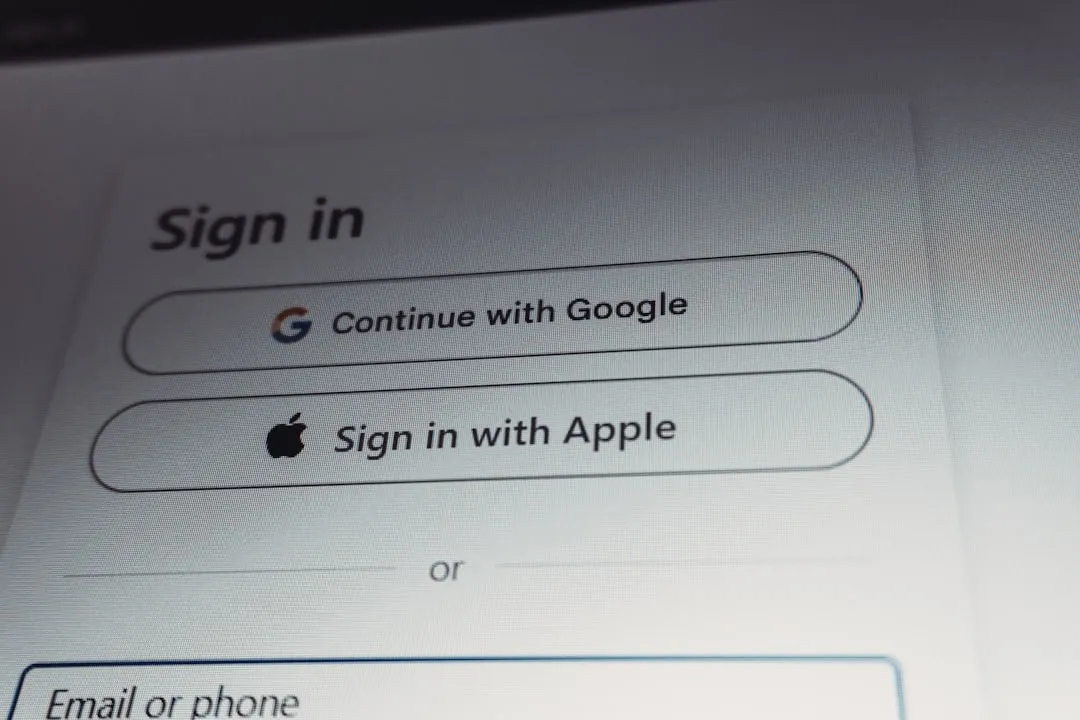



Comments
Be the first, drop a comment!